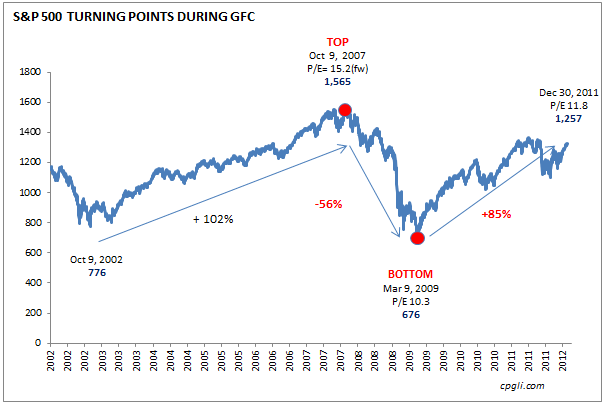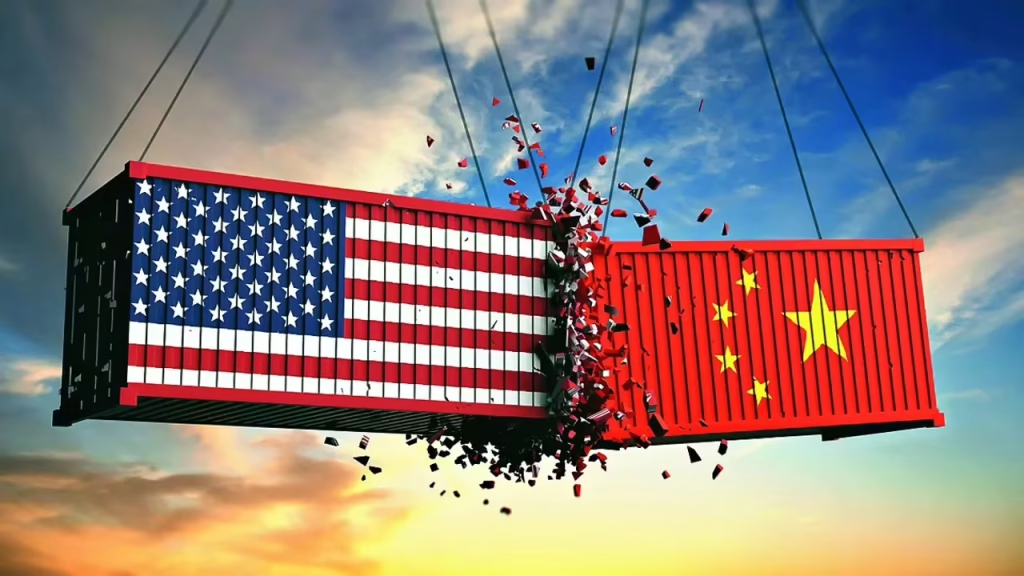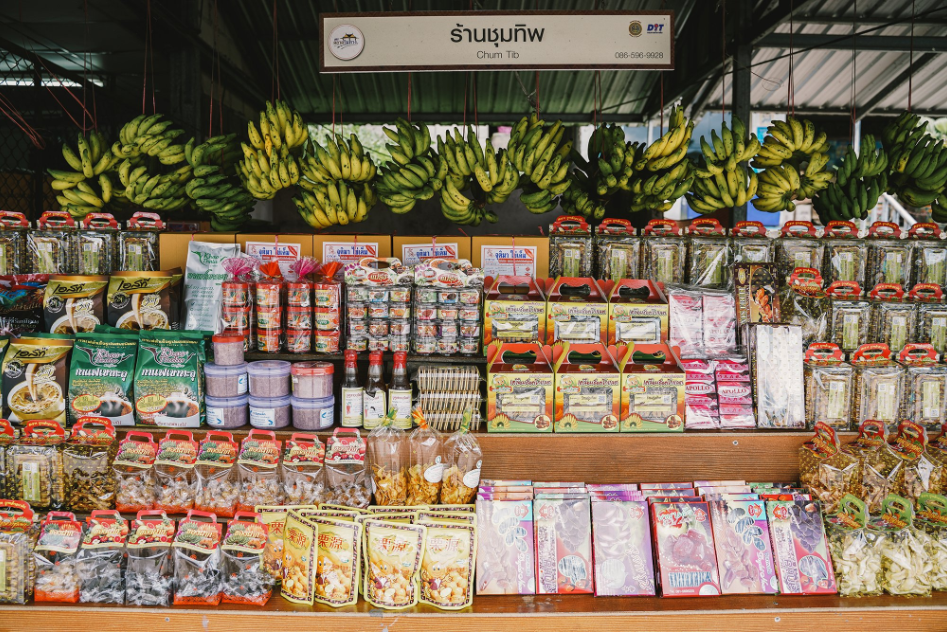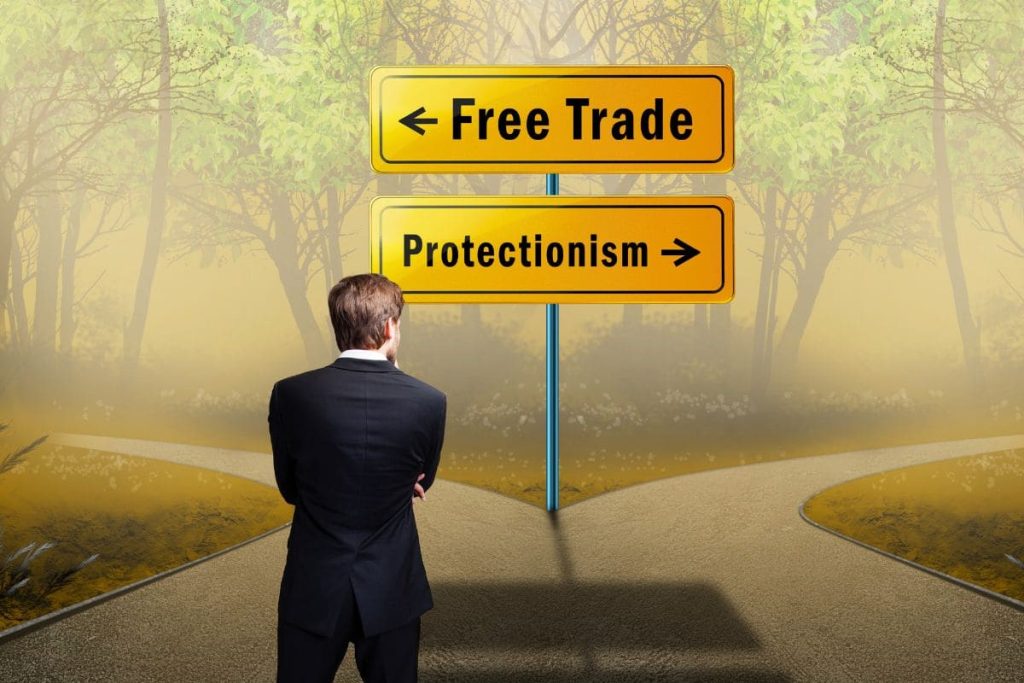
What does climate change have to do with your export business?
More than you think.
From melting ice caps to extreme weather events, climate change is reshaping global trade routes, disrupting logistics, and forcing exporters to adapt to a new reality.
Let’s break down how climate shifts are affecting international trade—and what local businesses should watch out for.
1. Melting Ice, New Routes, and Global Competition
The melting Arctic ice is opening new shipping lanes like the Northern Sea Route, which shortens the distance between Asia and Europe by thousands of kilometers.
Sounds good, right?
Not always.
- These routes are seasonal and risky
- New routes shift global shipping hubs and power centers
- Small exporters may find themselves priced out or deprioritized as big players dominate the shift
2. More Extreme Weather = Unreliable Shipping
Storms, floods, and droughts are causing:
- Port closures and delays (typhoons, hurricanes)
- Low water levels in major rivers (like the Rhine or Panama Canal), disrupting cargo flow
- Increased insurance and risk premiums
✅ Tip: Always build in buffer time for delivery and diversify your transport options if possible.
3. Carbon Regulations Are Tightening
As climate action intensifies, countries and shipping companies are being pushed to:
- Reduce emissions
- Use greener fuels
- Adopt carbon taxes or levies
This could mean higher freight costs, especially for exporters who rely on traditional ocean shipping.
✅ Tip: Stay updated on EU Carbon Border Adjustment Mechanism (CBAM) and other carbon-related trade policies.
4. Risk of Supply Chain Disruptions
Climate change affects production regions, not just routes.
- Agricultural zones hit by droughts
- Fisheries disrupted by ocean warming
- Forest-based products affected by wildfires
Local exporters need to think about supply chain resilience, not just end markets.
5. Sustainability as a Market Advantage
The flip side?
Buyers are increasingly looking for climate-resilient, low-emission supply chains.
✅ If your brand:
- Uses eco-friendly materials
- Offsets emissions
- Practices sustainable sourcing
…you can stand out in a world where climate impact matters more than ever.
Conclusion
Climate change isn’t just an environmental issue—it’s a logistics, strategy, and business issue.
Understanding how it affects trade routes gives local businesses a chance to adapt early, avoid costly surprises, and even gain a competitive edge.




















